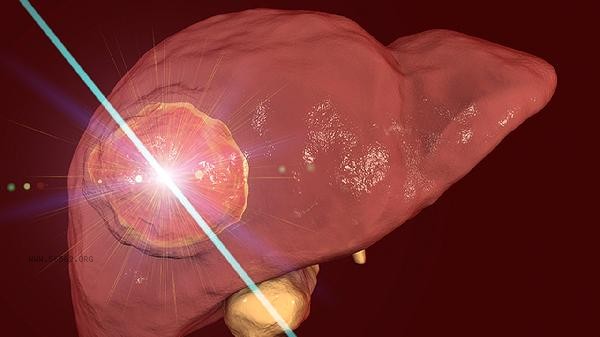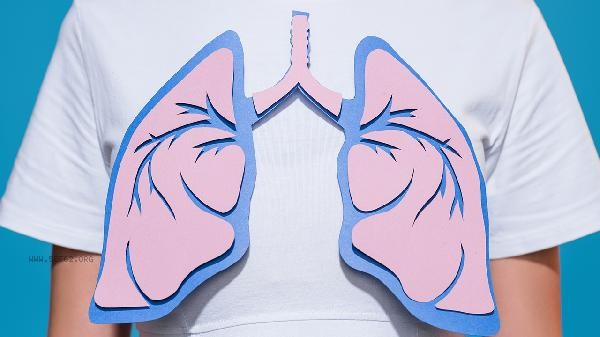A lung capacity of 8000 milliliters usually meets the national standard for second level athletes. Lung capacity is one of the important indicators for evaluating the cardiovascular function of athletes. Different sports have different requirements for lung capacity, and aerobic sports such as swimming and long-distance running have higher requirements for lung capacity. The lung capacity standards for national second level athletes vary by gender and age. The standard lung capacity for adult male second level athletes is generally between 4500-5500 milliliters, while for females it is between 3500-4500 milliliters. The lung capacity of 8000 milliliters is significantly higher than that of ordinary second level athletes, approaching or reaching the level of first level athletes. The lung capacity standard for first level athletes in endurance events such as marathons and triathlons is between 6000-8000 milliliters. The lung capacity value is not absolutely positively correlated with exercise performance, and it needs to be evaluated comprehensively based on factors such as maximum oxygen uptake and athletic performance. Athletes who engage in long-term aerobic training can enhance lung capacity by strengthening the diaphragm and improving respiratory efficiency. The lung capacity of an average healthy adult male is about 3500-4000 milliliters, and for females it is 2500-3000 milliliters. Due to long-term training, the lung capacity of athletes is generally higher than that of ordinary people. The lung capacity of swimmers often exceeds 5000 milliliters, and some male swimmers can reach over 7000 milliliters. Improving lung capacity requires systematic training, and it is recommended to gradually improve through abdominal breathing exercises, intermittent high-intensity training, and other methods. When measuring lung capacity, one should maintain a standing posture, inhale fully, exhale at a constant speed until the limit, and repeat the measurement to take the maximum value. Regular lung function testing can help understand the health status of the respiratory system. In addition to lung capacity, it is recommended that athletes also pay attention to indicators such as time lung capacity and maximum ventilation. During training, attention should be paid to the coordination and coordination of breathing rhythm and movements to avoid excessive breath holding that can cause blood pressure fluctuations. High altitude training can significantly improve the number of red blood cells and oxygen carrying capacity, but it needs to be carried out under professional guidance. Maintaining good cardiovascular function requires a combination of aerobic exercise, strength training, and flexibility exercises to establish a scientific training system.











Comments (0)
Leave a Comment
No comments yet
Be the first to share your thoughts!